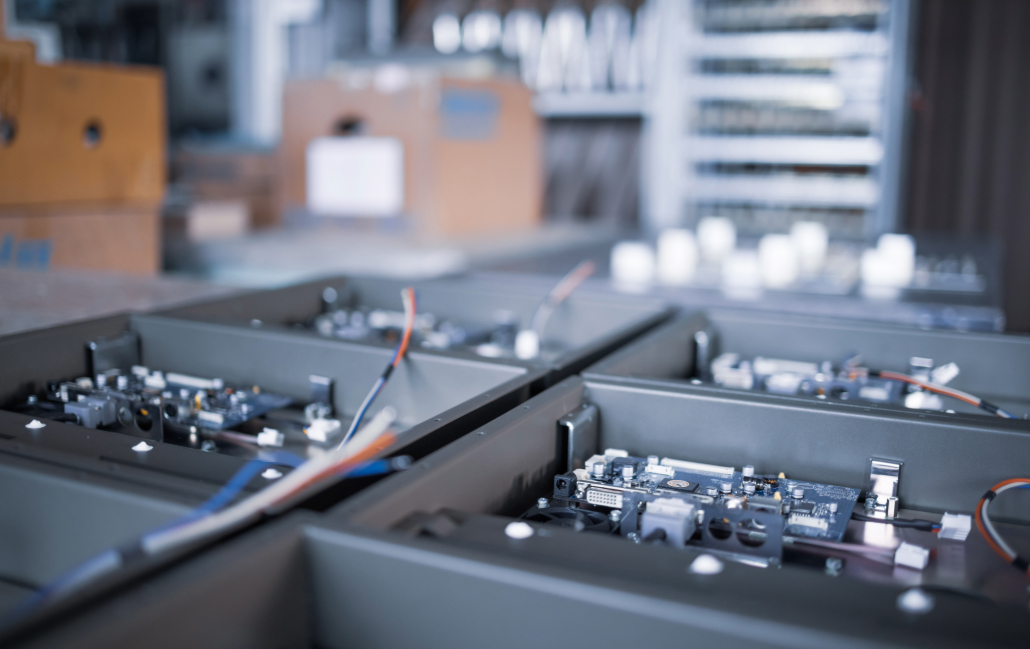Most UK electrical manufacturers already understand the role EDATA plays in powering automation, and many have already put the time and effort into implementing it.
That investment isn’t a small one. Establishing clean, standardised product data and integrating it into core systems takes commitment, and businesses that have achieved it should rightly see it as a foundation for efficiency.
But while many see EDATA primarily as a back-office efficiency tool, its real importance lies in something much more visible: the customer experience. Too often, manufacturers stop at the point of process automation, ensuring orders can flow from capture to validation to ERP. That is an important win, but it misses something critical.
When a wholesaler or contractor comes to search for a product, they don’t just need a part number and a description. They expect to find everything they require to make a confident purchasing decision whether that be technical datasheets, compliance certificates, images, packaging details, and even sustainability information. If those details are missing, inconsistent, or out of date, the buying journey is disrupted. Customers begin to hesitate. They waste time hunting for information elsewhere. Some may even abandon the process altogether and look to a competitor who makes the experience easier.
The impact of these data gaps runs deeper than a single lost sale. Each inconsistency chips away at trust. Over time, wholesalers and distributors begin to see a supplier as harder to work with, less reliable, and less aligned with their own need to serve customers efficiently.
This is where EDATA, fully embedded into an eCatalogue, makes the difference. Product information is loaded directly via the EDATA API, while supporting resources such as images, manuals, certificates, and dynamically generated datasheets are linked in real time. For the customer, that means every interaction with the eCatalogue provides complete, consistent, and current information. For the manufacturer, it means fewer queries into the customer service team, fewer abandoned orders, and faster decision-making from buyers.
What begins as a data challenge ends as a customer experience opportunity. By closing the gaps, manufacturers transform EDATA from a technical integration into a commercial advantage. The eCatalogue becomes not just a sales tool but a digital shop window, one that strengthens trust, accelerates revenue, and maximises the return on investment already made in EDATA.
In a recent EDA article on how EDATA powers sales order automation, the focus was on the mechanics of efficiency how EDATA ensures orders flow correctly into ERP. But the bigger story is that EDATA doesn’t just keep processes running smoothly; it builds the confidence that keeps customers buying.
And in a competitive market, that can make all the difference.
Find out more
We help electrical manufacturers reduce lead times, cut errors, and scale without adding headcount. Curious about what automation could do for you? Book a quick introduction call.
